Hello from Malaysia! Recently, we went to a spice garden in Penang, a small island off the west coast of peninsular Malaysia. The first thing we did was feed the carp there. The lady at the desk gave us some fish food and then we through it in the lake. After that, we saw a grass called a screw pine. It grows well in many different conditions. As we learned later, there is a different type of screw pine that is a tree. Our guide showed us why it is called a screw pine. The reason is the branches are structured in a spiral up the tree. A screw pine is an interesting plant that is used to flavor both Malaysian and Indian rice dishes.
We saw lemongrass, a spice with a very lemon-citrusy smell. We also saw citronella. This plant smelled like lemongrass, but it was inedible. Spices are edible, scented, and can be used in medicine, so citronella is not a spice, it is an herb. Citronella is used in almost all mosquito repellent, so it is widely produced. Citronella is a grass, like lemongrass. At first we couldn’t tell the difference but the guide showed us.
We were also taught about nutmeg at the spice garden. I was surprised that nutmeg is a pit of a green fruit about the size of a peach. A spice can originate from so many parts of a plant. One spice is the stamen of a flower and a different spice is the pit of a peach like-thing. Saffron is the one that is the stamen of a flower. We did not see it growing but we did see it in a little container. It is the most expensive spice in the world because one acre of saffron gives only about one pound of the spice.
Vanilla, the spice, not the ice cream, is the second most expensive spice in the world. It smells wonderful! Vanilla is probably my favorite spice. It is a bean that grows on a vanilla orchid plant. We didn’t see it growing, but we did see dried in a container. The third most expensive spice in the world is cardamom. We ground some up with a mortar and pestle. We didn’t see a cardamom plant but they look like a small seed pod of a flower.
We also saw a small cinnamon trees. Cinnamon is the bark of a cinnamon tree. The entire tree smells of cinnamon. It is slightly different version of cinnamon then the spice we think of as cinnamon. The spice tastes different and the bark is thinner. The guide taught us that cinnamon is actually mildly poisonous and that only westerns actually eat cinnamon. The people here only boil it in water to get the flavor but not the poison. They then pour the water into the meal to make it cinnamony. Clove is another spice we encountered. We ground some up with a mortar and pestle. We did see a clove plant but not the clove because it was the wrong season.
We learned about star anise but did not see it growing. Star anise is a fruit that grows on a medium sized evergreen tree. It is a spice you add while cooking but you generally don’t eat it. After that, we studied a rubber tree growing. Rubber is the sap of a tree. Synthetic rubber was made when demand for rubber got too high to produce it normally. Airplanes still use natural rubber for their wheels. Did you know that a 25-year old rubber tree can produce 1 quart (1 liter) of rubber a day?
An umbrella tree is just a funny looking tree that has an umbrella shape at the top. Did you know that there is such thing as a traveler’s tree? The traveler’s tree was given its name from its big leaves that gave travelers shade. Its big leaves were also used by the king’s servants to fan the king.
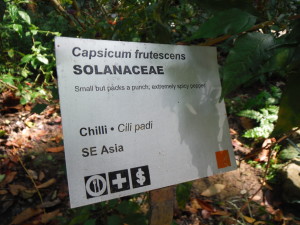 We found chili peppers growing on a bush. They were so tiny but looked as if they packed a punch. They grew on a small bush near the ground. The chilies are the seed pods of the flowers. We also observed some variations of tea. The most important spice to my mom and dad, though, was coffee. Luckily we did see a few variations of coffee.
We found chili peppers growing on a bush. They were so tiny but looked as if they packed a punch. They grew on a small bush near the ground. The chilies are the seed pods of the flowers. We also observed some variations of tea. The most important spice to my mom and dad, though, was coffee. Luckily we did see a few variations of coffee.
At the end we visited the gift shop and looked through it. I found a Asian cooking book that had Thai, Vietnamese, Indonesian, Chinese, and Malay recipes in it! My dad wouldn’t let me have it, though. We ate Pad Thai at the restaurant there. It was delicious! The spice garden was a fun and worth-while experience. I would definitely return again if I got the chance.
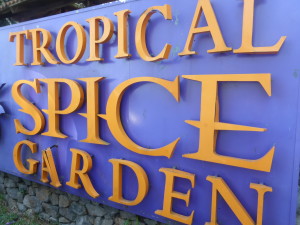
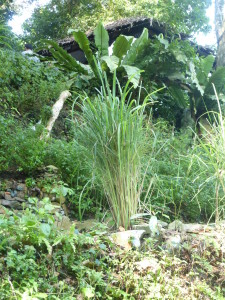
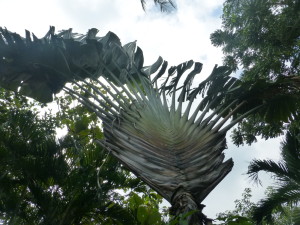
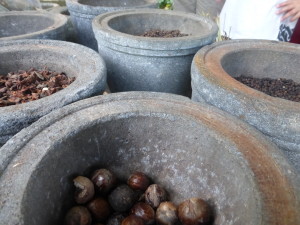
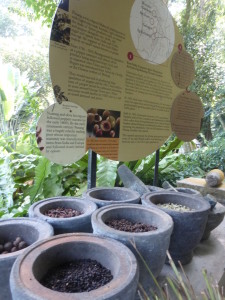
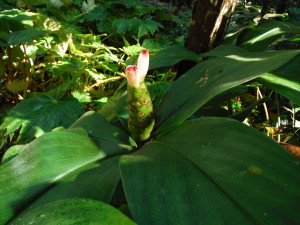
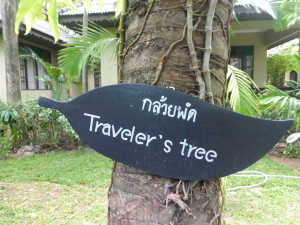
Cool, Lorenzo! I wonder if any of these would grow in Oregon? Lemongrass would be nice to have.
I think they do, but you’d have to move it inside for the winter. Thanks for reading!
What a great report on spices and herbs. So many of my favorite spices come from a tropical environment. Sounds like a fun and educational day!
Thanks for reading my post!
You guys sure know more about spices and what the plants look like than I know. How nice that so many varieties were in that one place. Good article, Lo!
Thanks for reading! There is so many tasty spices! We didn’t actually get to try any of them, but they smelled delicious!
I just went and it was amazing
Thank you for reading! It truly was a wonderful expierence.
I just went and it was amazing I enjoyed reading your blog
Thanks for reading! When is the next time we will meet up with you on our trip?